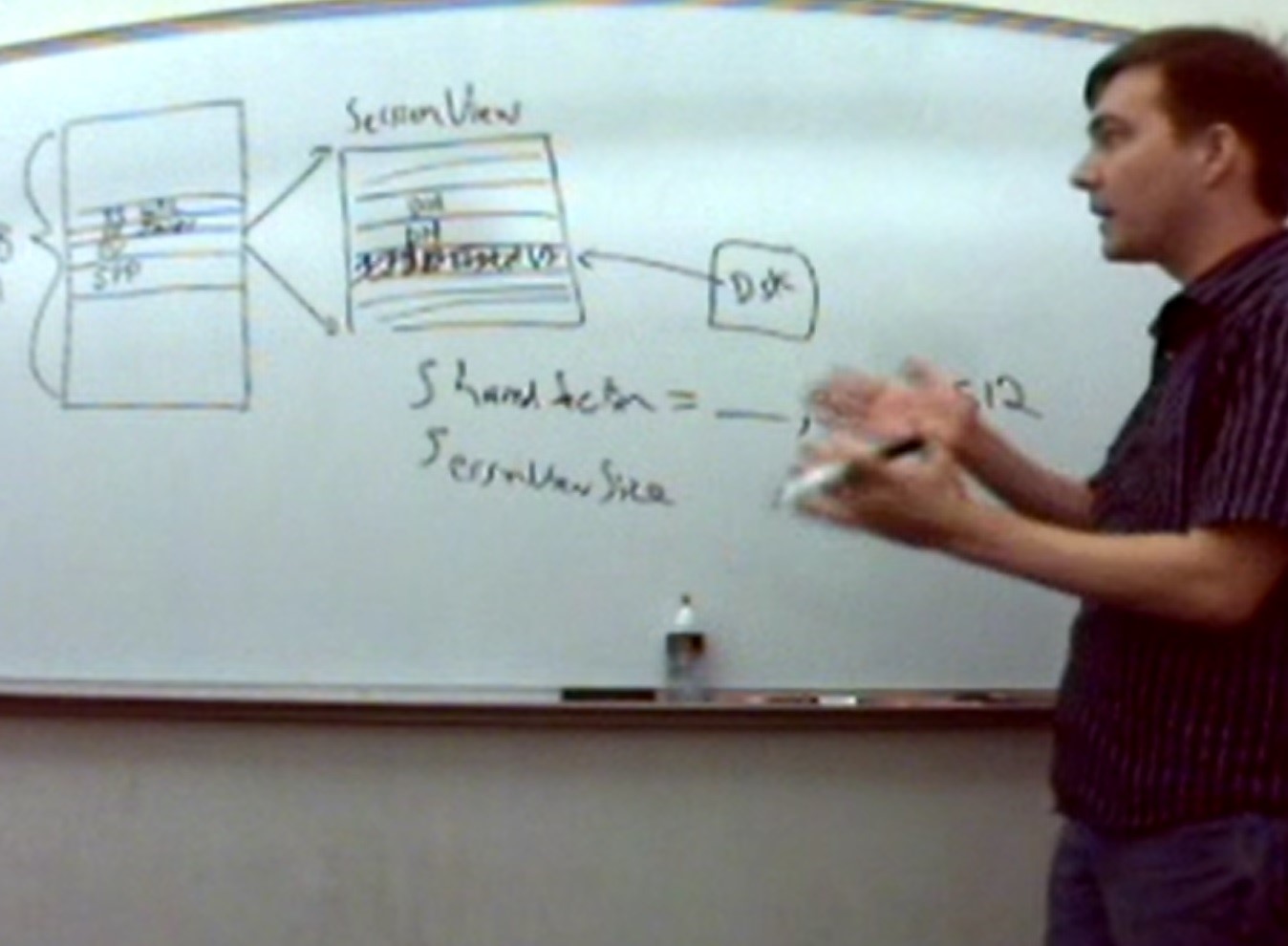The Desktop Heap Guy
When I worked at Microsoft as an Escalation Engineer, I spent my days analyzing various failures in Windows. My team was called CPR, Critical Problem Resolution, and we were there to debug issues discovered in Windows by Microsoft's customers. These problems came to my team because they were either "critical situations" for a business customer, or because the issue was particularly technically challenging.
In this role I worked on all kinds of weird failures, but one type of issue became a regular thing for me: desktop heap failures. I didn't set out to be an expert on desktop heap, but when a more senior engineer on my team decided that someone else needed to understand desktop heap, I was asked to become the subject matter expert.
I started investigating every customer case that looked like the root cause might be a desktop heap failure. The symptoms were usually one of two things:
1. Processes would fail to start altogether.
2. An application would run but certain windows would fail to display.
This was perplexing for users and developers alike. The underlying cause wasn't obvious, and the same software that had previously worked without issue would suddenly start failing. There was already some limited documentation on this problem, including a KB article, but I needed more information if I was going to really understand the problem and help customers.
I quickly learned that only a handful of people at Microsoft actually knew anything about desktop heap! So I studied the Windows source code, reached out to some other engineers on the Windows team, and began to pull together an understanding of the problem. I continued to get involved with every reported desktop heap failure, and eventually I became the unofficial Desktop Heap Guy. Within Microsoft support, people had learned that there was this person who actually wanted to help with desktop heap issues! This of course led to me getting even more cases to investigate.
Eventually I decided that we really needed some documentation on desktop heap. This led to me writing series of blog posts, and recording a Channel 9 video. Even better, changes were made to the memory manager in Windows Vista and Windows Server 2008 that helped avoid the problem altogether, and the problem mostly became of thing of the past. Even so, for years after I left the Escalation Engineer role at Microsoft I would still get questions about desktop heap. Once the Desktop Heap Guy, always the Desktop Heap Guy, I guess!
 That's me, explaining desktop heap in 2007
That's me, explaining desktop heap in 2007